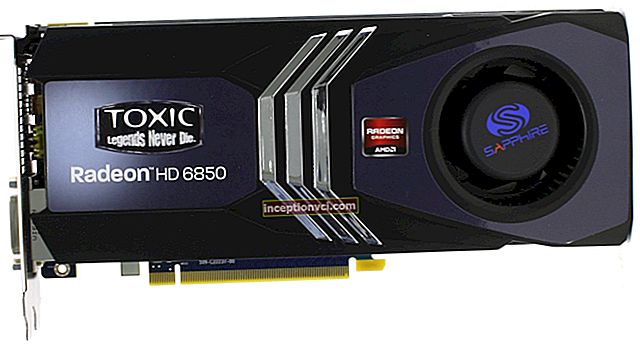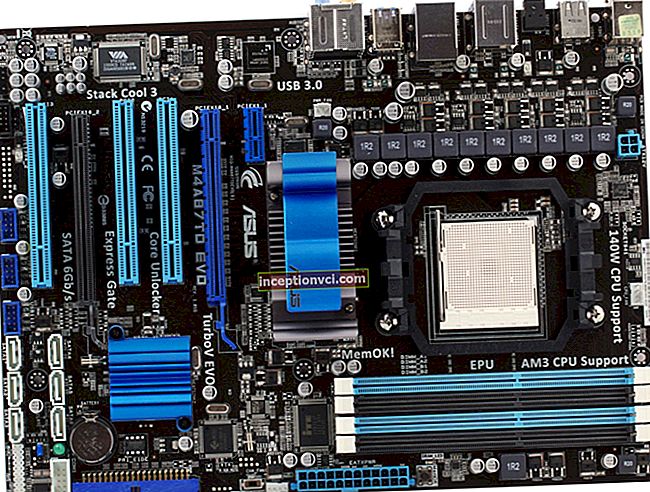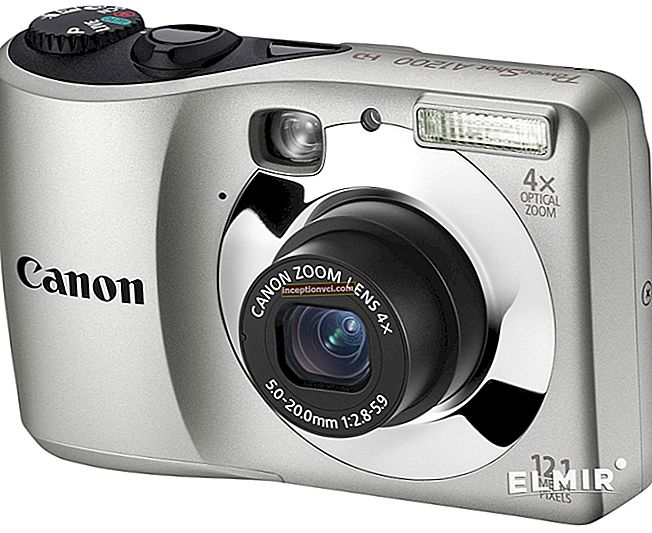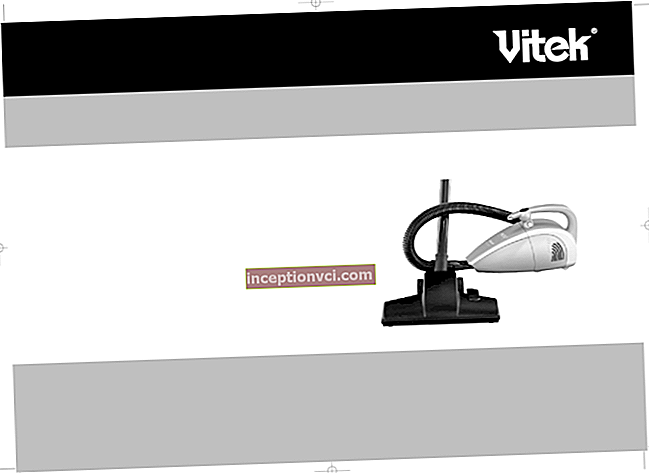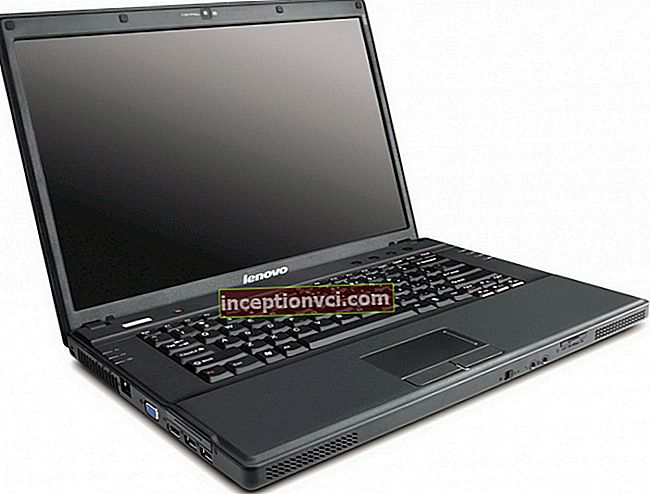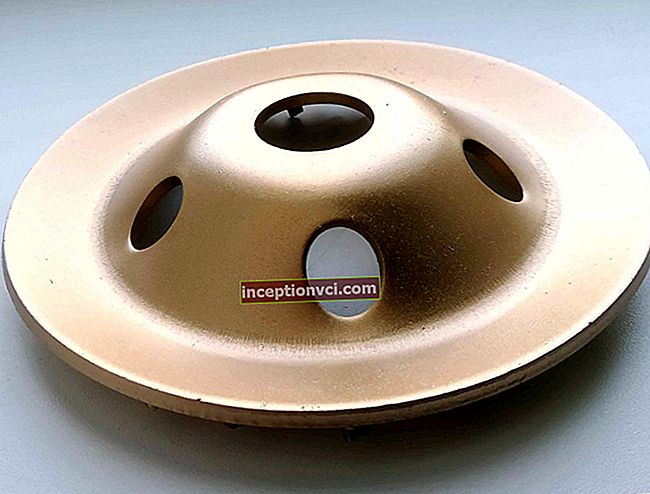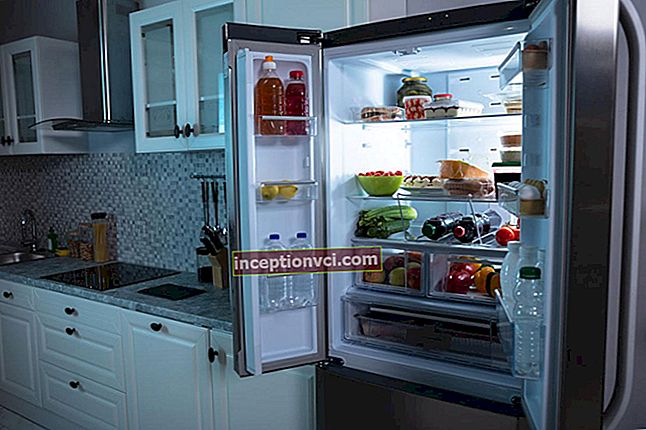Youth communicators are, perhaps, the most vigorously developing trend in cellular communications. Earlier, cheap models with a special design were related to this class of devices. Today, the focus is on a variety of entertainment options. Former "advanced" options like Internet access and Java programs are supported even by entry-level devices. Manufacturers are working on fresh features, including video and photo shooting, file exchange with other phones, various online services. At the same time, there is a battle with the weight and size of communicators, the parameters and quality of screens are being enhanced. As a result of progress, new youth devices appear, significantly surpassing the functionality of the previous generation devices. Model Sony Ericsson K500i - a typical example of a mid-range communicator, equipped with functions previously available only in the most expensive communicators.
Appearance, hardware filling

In the latest series of communicators, Sony Ericsson designers have combined elements of old models, creating a new modern silhouette. Subjectively, the body lines of the K500i model resemble the old Sony J5 / J6 / J7: a massive protruding display, a flat keypad with a rounded end, small narrow keys, and a speaker on the back of the case.
Design
The communicator is made in a silvery color scheme (there are versions with colored panels), the sides are in titanium tone. The K500 looks very similar to the Korean communicators Samsung and LG.
back side

On the reverse side there is a huge round projection of the shutter covering the photo lens of the integrated camera (0.3 Mpx, 640 by 480). It seemed that the shutter rotation lever was tight, it was inconvenient to open the camera. Near the lever is a small self-portrait mirror. On the side faces there are 3 flat keys: on the left - the camera power key and a two-position volume control key, on the right - the WAP browser launch key. The keys are rubber, do not protrude above the body. It's almost impossible to press them by chance, but it's also so-so comfortable to use. On top, the manufacturers have attached an infrared port and a power key, like those of Nokia communicators (unlike Nokia, it has no other functions).
From above
The plastic from which the body is made is rather thin and slightly rough. The detachable back cover creaks slightly for a more fragile feel. In my opinion, the communicator is poorly balanced, does not fit very well in the hand (when using the keyboard it tries to slip out), during the dialogue there is nothing for fingers to catch on. At the same time, the device is quite compact (102 by 46 millimeters, thickness is only 14 millimeters) and light (88 grams), it is comfortable to carry in your pocket.

The communicator's display is made using TFT technology, received a not completely normal 120x160 resolution and rather huge parameters. Besides not the best contrast, there are no comments on the screen: it is clear and bright, reproduces color shades well (a huge plus for viewing photos), and is very noticeable in bright light.
The communicator's keypad is transparent and convex, in my opinion, rather tight. The pale ginger backlighting helps to make out the small lettering of the keys. There are 4 function keys, they are concentrated in pairs: the upper right and left are soft keys, the lower parts are the return and reset keys. The communicator does not have traditional call (greenish) and end (scarlet) buttons, for this reason it is necessary to get used to the controls. A joystick is used to navigate the menu. It is shallow, however, soft and sensitive.But pressing does not work out clearly in all cases, for this reason the joystick cannot be called particularly convenient.
Both communicator loudspeakers have an impressive volume reserve. The speaker for playing music is also used for speakerphone. At the extreme level, it wheezes audibly. The integrated 40-voice polyphonic synthesizer received a pleasant timbre and reproduces the melodies fairly well. But the existence of the MP3 playback option calls into question the rationality of using polyphony. The speaker for dialogue provides excellent, but not excellent, voice quality. The vibration alert of the device is weak, the rhythmic maintenance of melodies by it not only does not save, but rather interferes with the feeling of vibration.
In hand
The interface connector, which connects the charging model and all accessories, including a handsfree headset, is located at the bottom of the communicator. Like all Sony Ericsson communicators, it is not closed with a cap.

No problems with the sensitivity of the communicator were observed during the test.
The battery of the communicator received a small capacity of 670 mAh (2.4 W * h). It is located under the bottom cover. During the testing period, the communicator showed good results - almost 4 days without charging with infrequent use of the camera and infrared port (approximately 20 photographs, 2 sessions of connection to the computer).
In general, Sony Ericsson's new communicator turned out to be not entirely practical and convenient, but very modern in appearance and cute to use. I liked the quality of the display, the sound, the communication, and the work of the infrared port and the integrated camera.
Software filling
The Sony Ericsson K500i communicator software stands out for its superbly designed design and intuitive structure of all menus and items. The small, neat font is easy to read, nice graphics are used for a lot of functions, additional information is provided for the highlighted item, there is help for most of the functions, etc. In general, working with the phone is very pleasant. And the functionality of the device is quite consistent with the level of a modern youth communicator: in addition to standard parameters like WAP 2.0, GPRS, Java, voice recorder, infrared port with the ability to exchange files and connect to a PC as a modem, the communicator received a built-in camera with the ability to record video clips, a huge amount of photo memory ( about 13 Megabytes), support for various on-line services (chat, auto-synchronization with the server, streaming music download), is equipped with an email client.

Let's take a closer look at the description of the software filling. The quality of Russification has suffered greatly from the large number of abbreviations, but the input modes are excellent - there is a decent dictionary, quick translation of the input language, prompts for choosing options, etc.
Contacts
Let's start with the phone book. The communicator can display either contacts - videos from internal photo memory, or a book on a SIM card. For contacts, it is possible to display up to 5 numbers, email, URL, organization and full work address, additional text, assign an arbitrary image and melody, and record a voice note for any of the numbers. At the same time, the phone book interface is one of the most intuitive. Unfortunately, searching in contacts is allowed only by the I-th letter - a significant disadvantage. Groups are provided (the number is not limited), but they are almost not worked out. The speed dial list is filled with entries from contacts. It remains to note that the volume of photo memory is small - 510 entries.
Main menu
The main menu is presented in the form of 12 icons arranged in a 3 by 4 rectangle. A cute animation accompanies the preference of the menu item. Let's start with the Messages section. The communicator puts all types of SMS messages, except for email, into one folder.
Posts
For SMS, access to messages on the SIM card is likely (the folder is named "Saved"), and initially the messages are saved in the photo memory of the communicator. For SMS, it is possible to set text formatting, insert templates, black-and-white drawings, Imelody melodies (monophonic) - there is only no possibility of functioning with color EMS-pictures. The MMS editor is very primitive and clearly designed, it makes it possible to create a couple of pages and transmit not only sounds and pictures, but also videos. The amount of photo memory for messages is not shown, but it is possible to assume that the communicator uses dynamic memory. In general, the implementation of working with messages was at the highest level.
Calendar Calculator Tasks
The Organizer section is filled with simple and cute applications. The calendar is quite elementary: events of the same type, for any given date / time, duration, reminder, location. There is a search, viewing by day. In general, nothing out of the ordinary. The Tasks item is a to-do list, without priorities, but with reminders.
Alarm Timer Stopwatch

There are only 2 alarms, 1 with the possibility of setting by days of the week. There are also intuitive and simple calculators, stopwatch, timer, notes, password protected memos. The stuffing of information in the organizer can be synchronized, in particular, with a remote server. In general, the business parameters of the communicator are rather unpretentious, but they are very accessible.
Checklists
Calls are not allocated in a separate section, however, it is possible to purchase access to them from the waiting function. There is a general list and 3 separate lists of 20 entries. Even when viewing, the date and time of the selected call is displayed, which is very comfortable.
Sections with configurations in the phone 2 - Communication and Settings. The first section contains everything that prior to functioning with the network and data: GPRS, Internet, auto-synchronization, setting up access for Java applications. There are 4 subsections in the general settings, which are designed as bookmarks. The subsection "General" stores: profiles (8 pieces, for each set sound options, forwarding, call filtering), time / date, language, voice parameters, quick access. In the subsection "Sounds and signals" you can configure the ringtone, signal for SMS messages, vibration, etc.
Parameters
In the "Screen" subsection there is a preference for themes (4 interesting options affecting the interface design), splash screen, wallpaper. The last subsection covers call forwarding, call filtering, counters, handsfree settings. In general, the set of parameters is not rich, but well structured.
Browser
The Internet section is under access to Sony Ericsson's services. It provides links to sections of the manufacturer's website with images, video, search, by the left button, it is possible to activate the browser and enter the address. The browser functions well, but sometimes it is sluggish, it got slightly functions: history, bookmarks, address input (with the history of input), saving downloaded files. Its interface is clear and well-developed, which, in general, is non-standard for mobile communicators.
2 sections of the menu are connected with online services - PLAYNOW and "My friends" (online chat). Chat is not supported, so we couldn't test this service in action. PLAYNOW, as it turned out, is a small directory of mp 3 files to download and use as a call.
Turntable, Equalizer

To use the communicator as a player, the Media Player section is specialized. Naturally, the amount of photo memory in the phone is not so great that this parameter can be discussed significantly. The player program can play mp3 files sequentially and in random order, it covers a 5-band equalizer.
The Entertainment section includes a voice recorder, games and the "MUSICDJ" program.
MUSICDJ

The latter is an original mixer of various rhythmic melodies, the set of which is attached.
Gamess

There are 3 games in the device, all are of good quality: Darts, Fighters and Super Real Ten (tennis simulator). Dictaphone videos can be set as a call, it is possible to record a dialogue, and the length of the video is clearly not limited.
File Manager Photo Viewer
File manager is a useful mode considering the large volume of the communicator's photo memory. Unfortunately, its capabilities are very modest: working with folders (creating, deleting), copying, renaming and deleting files, sending via infrared port and SMS messages, viewing images as a slideshow. Files can be underlined, however for groups it is only possible to move and delete to a folder. There are no versions of list view, search, access to system folders and files.
Menu Options
For the standby function, it is possible to configure quick access to the joystick deflection functions. It is possible to register an arbitrary function from the menu. By pressing the left soft-key, a menu is called up, with the help of which it is possible to turn off the sound at high speed, turn on the infrared port, set up quick start (it would be useful to include switching profiles in it). During the dialogue, it is possible to enter the main menu, turn off the microphone, turn on the speakerphone. Voice parameters, as it became clear from the parameters, are available only when a headset is connected. With the exception of ordinary voice tags, the following options are available: go to dialing using the "magic word", answer or reject a call using a keyword.
Integrated camera
This parameter can be accessed both from the main menu and by pressing a special key. Before starting work, the camera must be unfolded by rotating the privacy shutter. But you constantly forget to close it, for this reason the photo lens began to get dirty. Manufacturers needed to start the camera by turning the shutter instead of a key.
The viewfinder, which is used as the main display, stands out for good color rendering, but slow image rendering.
Camera Settings, Frames
The camera, in fact, does not have many parameters and modes: "night" mode with increased exposure, an ordinary set of effects (inversion, sepia, black and white, overexposure), 2 degrees of file encoding, 4 resolutions - 640 by 480, 320 at 240, 160 by 120 and an interpolated resolution of 1280 by 960, there is enough photo memory to store 100 photos. During photography, it is possible to turn on the timer, adjust the exposure. Unfortunately, digital zoom functions only at resolutions below the base 640x480, and there are no white balance adjustments at all, sequential photography and other advanced functions are not supported. After the execution of photographing, the photographs cannot be scaled or edited, they are transferred to the display with a noticeable hitch, etc. I only liked the huge selection of cool frames that are superimposed already during the shooting of the photo. In general, the manufacturers have not finalized the interface, however, the communicator claims to be an entertainment-youthful image.


Video capabilities are quite modern: 2 resolutions (176 x 144 and 128 by 96), real-time effects, recording without size limitation. The format of the received clips is 3GPP (H.263 video codec, AMR audio codec). To view and convert the results to AVI, I advise you to use the QUICKTIME program.

The quality of the obtained photographs approximately corresponds to the level of current youth communicators with a camera. The following specifics were noticed: the photographs were well kept in sufficient ambient light, but the effects of noise reduction and a subsequent increase in clarity were noticeable (loss of small details and general blurring). On the display of the communicator, one way or another, the photographs look very good - colorful and clear.Photos in the dark, despite the use of the "night" function with a long exposure, are very noisy and not very well exposed. The communicator determines the white balance well only with sufficient lighting. However, in general, the quality approximately corresponds to the current level - the communicator's camera can be compared with Siemens 65 series and Motorola E series cameras.
PC connection, auto sync
Using the infrared port, the communicator can be connected to a PC and exchange data with any other device. Due to lack of time, the synchronization capabilities with the help of special software were not tested. As for file exchange, Sony Ericsson, as usual, has no problems with this: thanks to the OBEX protocol support, the communicator easily sends and receives files of the main multimedia formats (MIDI, MP3, AMR, GIF, JPEG, 3GP, BMPX), the received files are divided by proper folders by their types, etc.
Conclusion
Sony Ericsson's new youth communicator looks advantageous on a number of points against the background of its rivals, first of all, the new 65th Siemens series. He got a nice and simple interface, an average built-in camera, can play MP3. But still, its functionality received minor drawbacks, and it is difficult to call ergonomics successful. If you adore devices with an interesting and easy interface, value modern parameters, and you like high-tech style, then the Sony Ericsson K500i deserves your attention.

